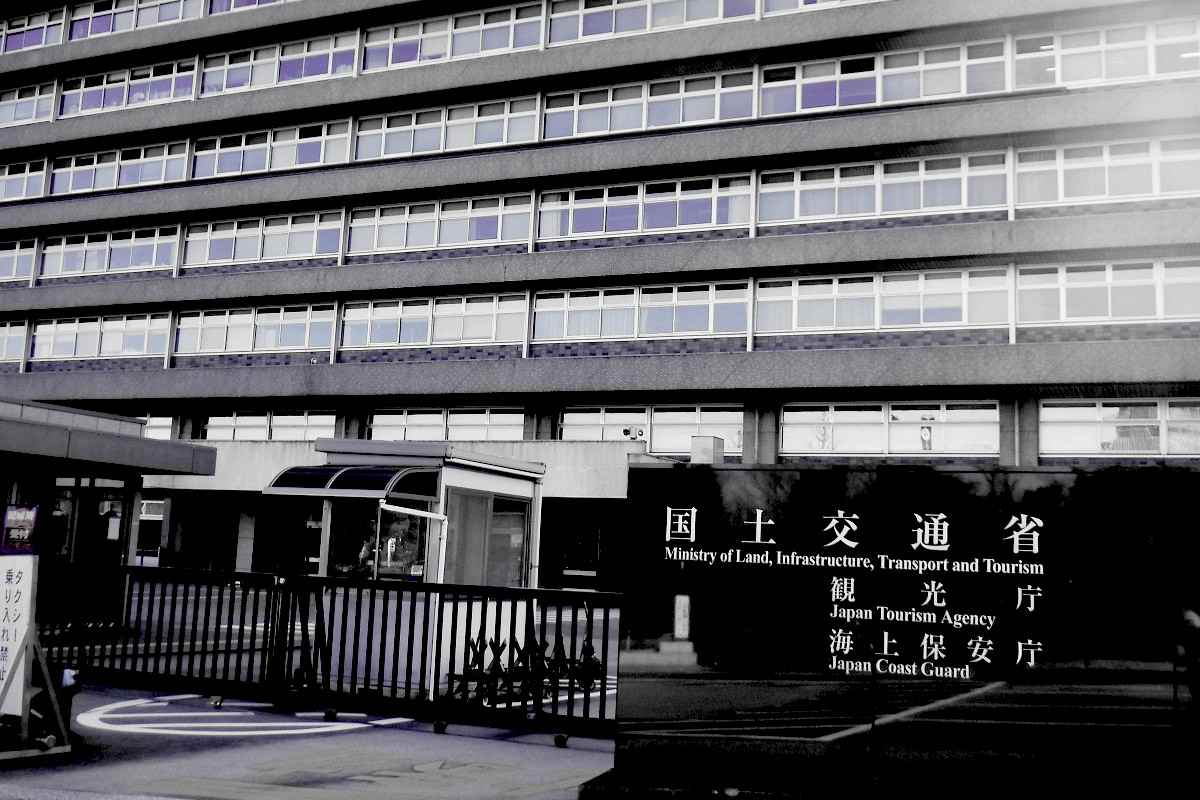
The Land, Infrastructure, Transport and Tourism Ministry in Chiyoda Ward, Tokyo, in November 2020
13:58 JST, April 14, 2024
Tokyo (Jiji Press)—Japan’s transport ministry plans to revise around June its guidelines on airport operators’ business continuity planning (BCP) in order to enable airports to accept evacuees smoothly in times of disasters.
The move comes on the heels of the 7.6-magnitude earthquake that hit the Noto Peninsula in Ishikawa Prefecture in central Japan on Jan. 1.
The revised guidelines are expected to include steps airports need to take when accepting evacuees from nearby areas.
After the Noto Peninsula quake, which registered up to the maximum level of 7 on Japan’s seismic intensity scale, some 500 people, including local residents, evacuated to Noto Airport in the Ishikawa city of Wajima, staying inside the airport building or cars at the airport’s parking lots.
The new guidelines will call on airport operators to grasp the precise number of evacuees they can accept once a disaster happens, by showing a method to calculate the space needed for such evacuees, sources familiar with the matter said.
Airport operators and relevant local governments will be asked to establish rules in advance on the division of roles, cost-sharing and evacuation periods at the time of evacuation, the sources said.
The revised guidelines will clearly state that disaster response headquarters to be set up by airport operators can hold their meetings online.
The current guidelines have a goal of restoring airport operations within 72 hours of a disaster. As it took as much as about a month for Noto Airport to resume operations after the New Year’s Day quake, however, the transport ministry will allow airport operators to set realistic goals based on damage estimates and restoration work, according to the sources.
The revision will be the first for the guidelines, which were drawn up in 2020 following disaster damage such as the flooding of Kansai International Airport in Osaka Prefecture, western Japan, due to a typhoon in 2018.
The ministry also plans to beef up support through the Technical Emergency Control Force, or TEC-FORCE, which will be dispatched from its headquarters in Tokyo or its local aviation bureaus in the event of disasters, the sources said.
The ministry will also enhance support related to airport operations in times of disasters, such as adjusting the landing of helicopters.
This is because in the Jan. 1 earthquake, there was a lack of personnel doing adjustment work for accepting rescue helicopters, including extending airport operating hours and deciding landing points for the aircraft, according to the sources.
"Politics" POPULAR ARTICLE
-

Japan to Support Central Asian Logistics Route That Bypasses Russia, Plan to Be Part of Upcoming Summit in Tokyo
-

Japan to Tighten Screening of Foreigners’ Residential Status by Providing Information of Nonpayment of Taxes
-

Takaichi Cabinet Approval Holds at 72% as Voters Back Aggressive Fiscal Stimulus, Child Benefits
-

Chinese, Russian Bombers Flew Unusual Path by Heading Toward Tokyo; Move Likely Meant to Intimidate Japan
-

Takaichi Meets Many World Leaders at G20 Debut in Johannesburg; Speaks with Heads of Countries Including Italy, U.K., Germany, India
JN ACCESS RANKING
-

Keidanren Chairman Yoshinobu Tsutsui Visits Kashiwazaki-Kariwa Nuclear Power Plant; Inspects New Emergency Safety System
-

Imports of Rare Earths from China Facing Delays, May Be Caused by Deterioration of Japan-China Relations
-

University of Tokyo Professor Discusses Japanese Economic Security in Interview Ahead of Forum
-

Japan Pulls out of Vietnam Nuclear Project, Complicating Hanoi’s Power Plans
-

Govt Aims to Expand NISA Program Lineup, Abolish Age Restriction
























